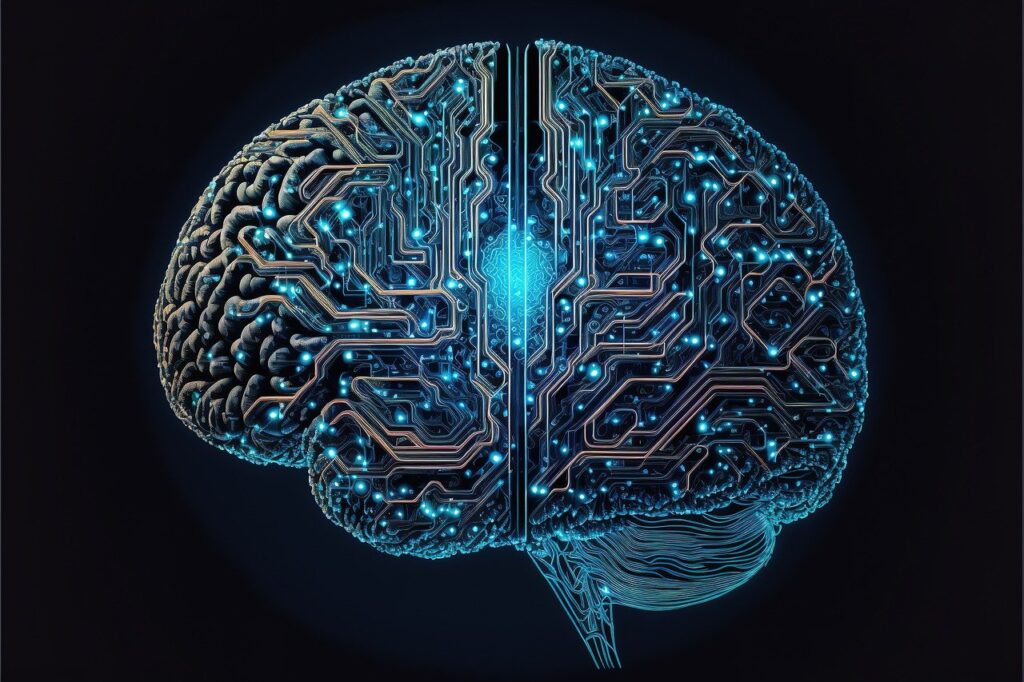Psychosis models
Historically there have been a few different models that have tried to explain the progression of psychosis. Two main theories are the models developed by Conrad, who studied male soldiers, and Docherty and others, who studied a few case studies in depth.
Conrad

There are four main stages to this model:
- Trema: feelings of unease that are difficult to describe begin accompanied by uncertainty, depression, suspiciousness, anxiety and withdrawal.
- Apophany: some experiences of psychosis begin, the sense of certainty of reality is lost, may experience ‘a-ha’ moments (revelations).
- Anastrophe: experiences are attributed to non-reality based explanations, lifes content takes on a salience and sense of importance specifically for the person.
- Apocalyptic: the person walks through reality encompassed by their experiences and loses track of everyday life accompanied by severe anxiety, restlessness, disorganisation and catatonia.
Docherty, et. al.
There are five stages to this model:
- Overextension: a sense of feeling overwhelmed by present circumstances and the start of altered cognition.
- Restricted consciousness: the person begins to feel apathetic and hopeless, may withdraw socially and may experience physical symptoms.
- Disinhibition: the person experiences a shift in mood to hypomania and may experience dissociation as well as feel and act more on impulse.
- Psychotic disorganisation: the person has experiences of psychosis, catatonia and disorganisation.
- Psychotic resolution: the persons experiences are attributed to non-reality based explanations or the person denies that anything is happening.
Further research on larger, more diverse groups of people experiencing psychosis only confirm certain aspects of these models. In particular Conrad’s Trema has been widely accepted but is now known as delusional mood or the prodrome of psychosis. His concept of Apophany has some recognition within later literature but it has been shown that it isn’t a concrete aspect of the development of psychosis.
Current Models

More recently there is agreement that there are specific phases (or stages) in the development of psychosis. These are the premorbid, the prodromal, the acute and the residual or recovery phases. There are several models proposed that are similarly structured and these phases are based on clinically relevant criteria and this is supported by neuroimaging studies which differentiate early from later phases of psychosis. The length of time a person is in each phase varies, for some it can be years of the prodrome and for others the acute phase happens within a matter of weeks.
- Premorbid Phase: These are slight deviations in thinking, feeling and functioning marked by minimal variations in the central nervous system and social and emotional development.
- Prodromal Phase: Changes in thinking, feeling and functioning become more obvious. There are many signs of this but these will be different depending on the person. Examples of changes include:
- Less motivation.Finding it harder to concentrate.Low mood.Withdrawing socially.Feeling suspicious of others.Change in sleep.Not being able to manage usual daily activities, for example school or work.Developing unusual beliefs.Feeling distressed or anxious.
Although these are the changes that can indicate the onset of psychosis lots of people will experience these issues that will resolve without developing into the acute phase. - Acute Phase: Experiences of psychosis overtake the person and their thoughts and feelings are tied to these experiences. The persons reality is out of sync with that of the people around them. This may lead the person to behave in odd ways in response to their experiences. The person may not be able to do their usual daily activities.
- Recovery (or residual) Phase: In many cases the person receives treatment and they recover from and make sense of their experiences, either integrating them or putting them behind them. In some cases the person receives treatment but they still have some ongoing (residual) experiences.
Consider more:
- Did you know psychosis is thought about in progressive stages?
- What do you think about the current model?
- Do any of the models fit with your experience?